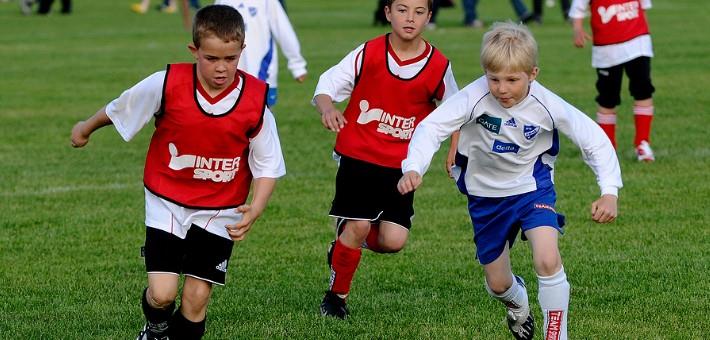
Research Overview: Peers Influence Health Behaviors
Being in the presence of friends stimulates not only kids’ and teens’ eating behavior, but also their physical activities a research overview in Physiology & Behavior shows. Peers influence each other because they copy the behavior of their friends, try to fit in with the peer group, and want to live up to expectations. Because eating and physical activity strongly influence weight, the authors advise obesity prevention and intervention programs to incorporate kids’ and teens’ peer networks.
Take aways
- Peer presence stimulates eating:
- The presence of friends stimulates kids’ and teens’ eating behavior.
- This peer presence effect is true for unhealthy as well as healthy foods.
- But when kids think their friends would disapprove, peer presence does not increase eating behavior.
- Peer presence stimulates exercise:
- Kids and teens are more active in the presence of peers.
- But this is only the case when they have positive relationships with those peers.
Study information
The question?
Do friends and peers influence weight-related behaviors (eating and physical activity), and if so, why?
Who?
International empirical academic studies: experiments, surveys, and observations. Number not stated.
Where?
The studies reviewed were mostly from North America, Western Europe, and Australia.
How?
The authors collected studies from the largest literature databases (PsychInfo, PubMed, Google Scholar), using keywords such as “peers”, “social influence”, “modeling”, “food intake” and “sports”. In the article they discuss the studies based on three possible mechanisms: social facilitation, modeling, and impression management.
Facts and findings
Eating
- The presence of friends stimulates kids’ and teens’ eating behavior.
- All three mechanisms seem to explain this effect: the mere presence of peers increases amount of food consumed (social facilitation), kids imitate the eating of specific foods consumed (modeling), and in situations where eating is not approved, peer presence does not stimulate, sometimes even discourages, eating behavior (impression management).
- Overweight children do not eat more when peers are present, most probably because it is not socially accepted. They do tend to eat more when other overweight children are present
Being active
- The presence of friends stimulates kids’ and teens’ physical activity.
- The most important explanation for this peer presence effect is that kids and teens social activities often involve physical activities such as team sports and games.
- Overweight children less often engage in such social play.
- BUT: peer presence only promotes physical activity when the youth have positive relationships with the peers present.
- also for overweight children, but play less
Overall
- Social norms seem to be the most important explanation of the effects of peer presence.
- Remarkable fact: in some teen peer groups, eating of unhealthy snacks increases social status among peers: one study showed that teens who ate the most snack food were the most popular.
- Remarkable fact: In another study, teens who exercised were more often perceived as more sociable, confident and having more self-control.